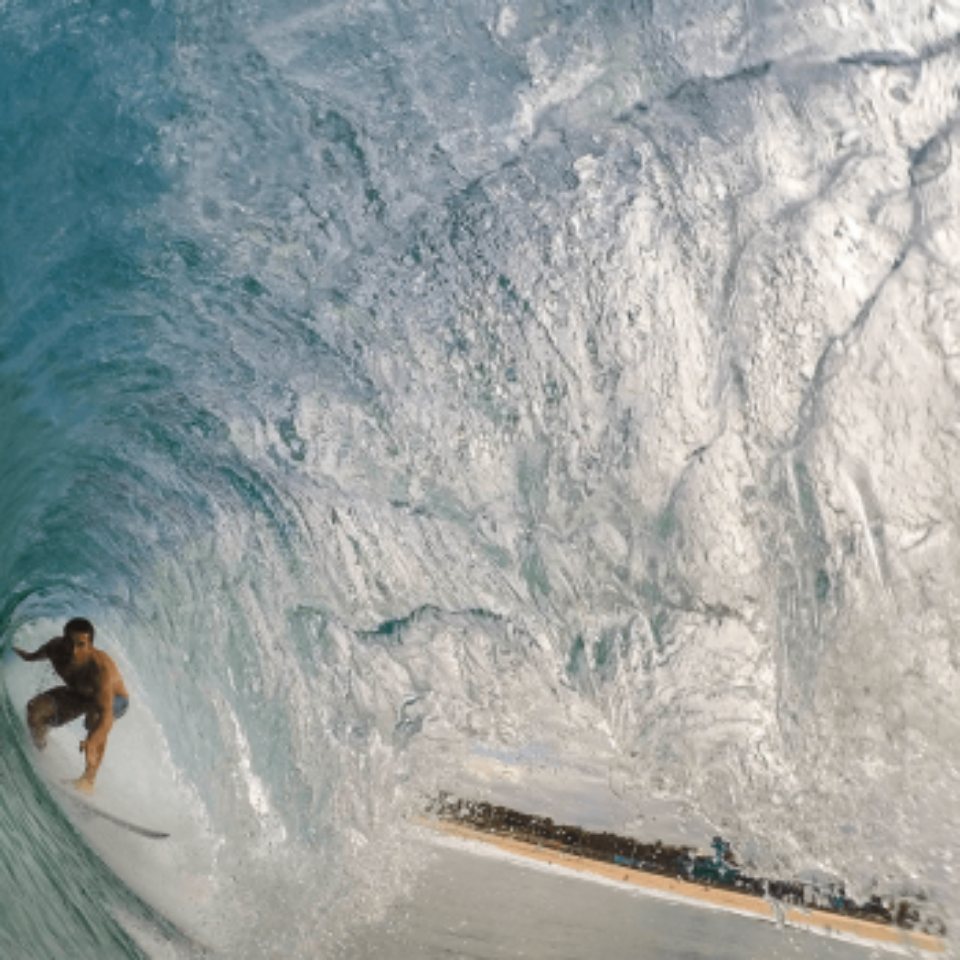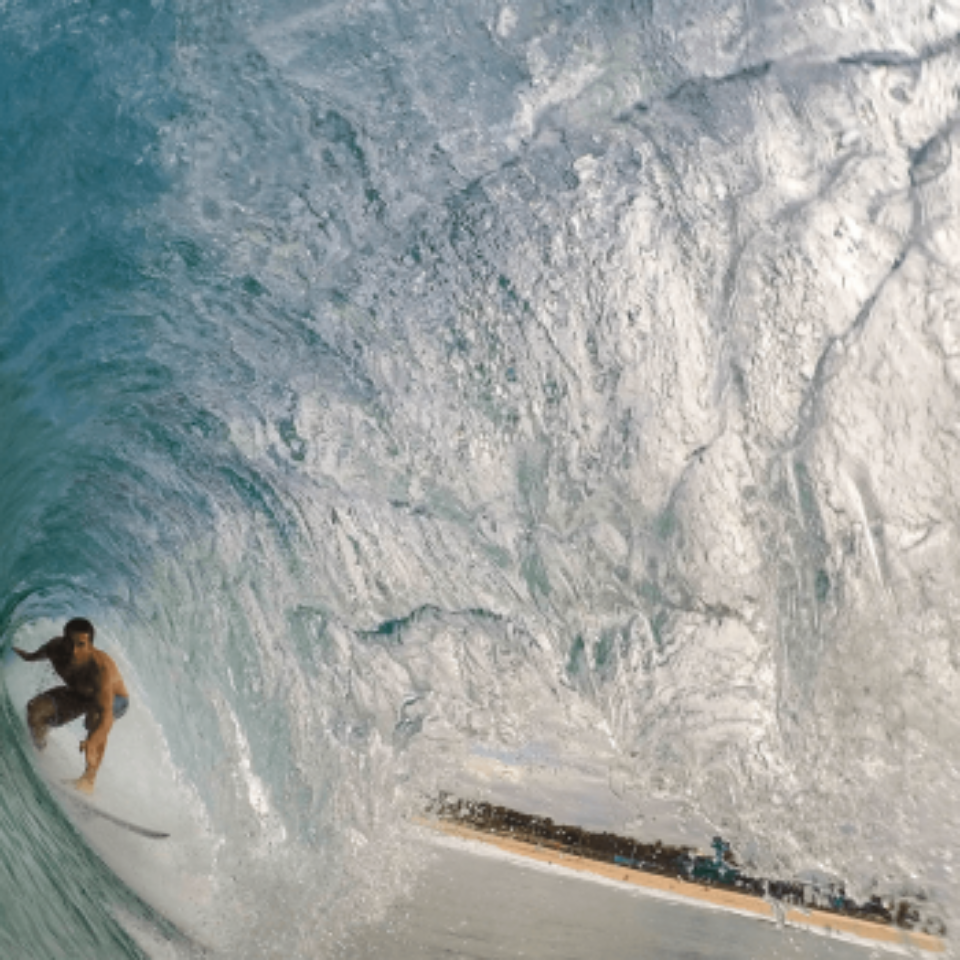World of Waves: Explore Water, Sound, and Light Waves
World of Waves: Explore Water, Sound, and Light Waves
In World of Waves, students will discover how waves are everywhere in natural and constructed environments — from giant tsunamis to computer microprocessors — and they will build a deep understanding of the physics of waves.
Students will explore how waves in water, sound, light, and other electromagnetic energies are involved in engaging real-world phenomena, like surfing in the ocean, animal communication, and mobile networks.
Through immersive, hands-on learning experiences, they will gain foundational content knowledge and insights into expert applications of waves. These activities are designed to stimulate and enhance critical and design thinking skills, and they will help sharpen data analysis and modeling skills. There are even coding and engineering applications!
Embedded within the content are STEM role models ranging from Navy officers to robotics engineers to oceanographers who apply the physics of waves in their work.
Included Materials
Included Materials
Lesson 1: Introduction to Waves
Students are introduced to the characteristics and types of waves, and they explore the factors that influence the energy of waves through a variety of multimedia resources (articles, videos, activities, simulations).
Lesson 2: Sound and Acoustics
Through hands-on experiments, articles, videos, and interactives, students come to understand that sound is a compression wave that propagates through media, transmitting and transforming energy and information. For many living creatures, including humans, the ability to make and hear sounds is fundamental to aspects of survival and communication. The science of acoustics also provides versatile tools to explore exterior and interior worlds, from the oceanic landscape to the tissues of the human body.
Mission 3: Light and Optics
Most life forms on Earth rely on light for vital biological processes. Students will consider examples of organisms deep underground and at the bottom of the ocean that manage to survive with little or no light, and compare their experiences to those of creatures which use light to navigate the world. Grounded in these real-world examples, students will delve into the physics of light, investigating models of light as a wave, a particle, and both. They will also conduct hands-on experiments and engage with multimedia resources to explore how light moves through various media.
Key Concepts & Vocabulary
Key Concepts & Vocabulary
Wave, medium, oscillate, energy, crest, trough, amplitude
Appropriate Age Levels
Appropriate Age Levels
Grades 5-12
Subscription Term
Subscription Term
One year
Share
Couldn't load pickup availability


